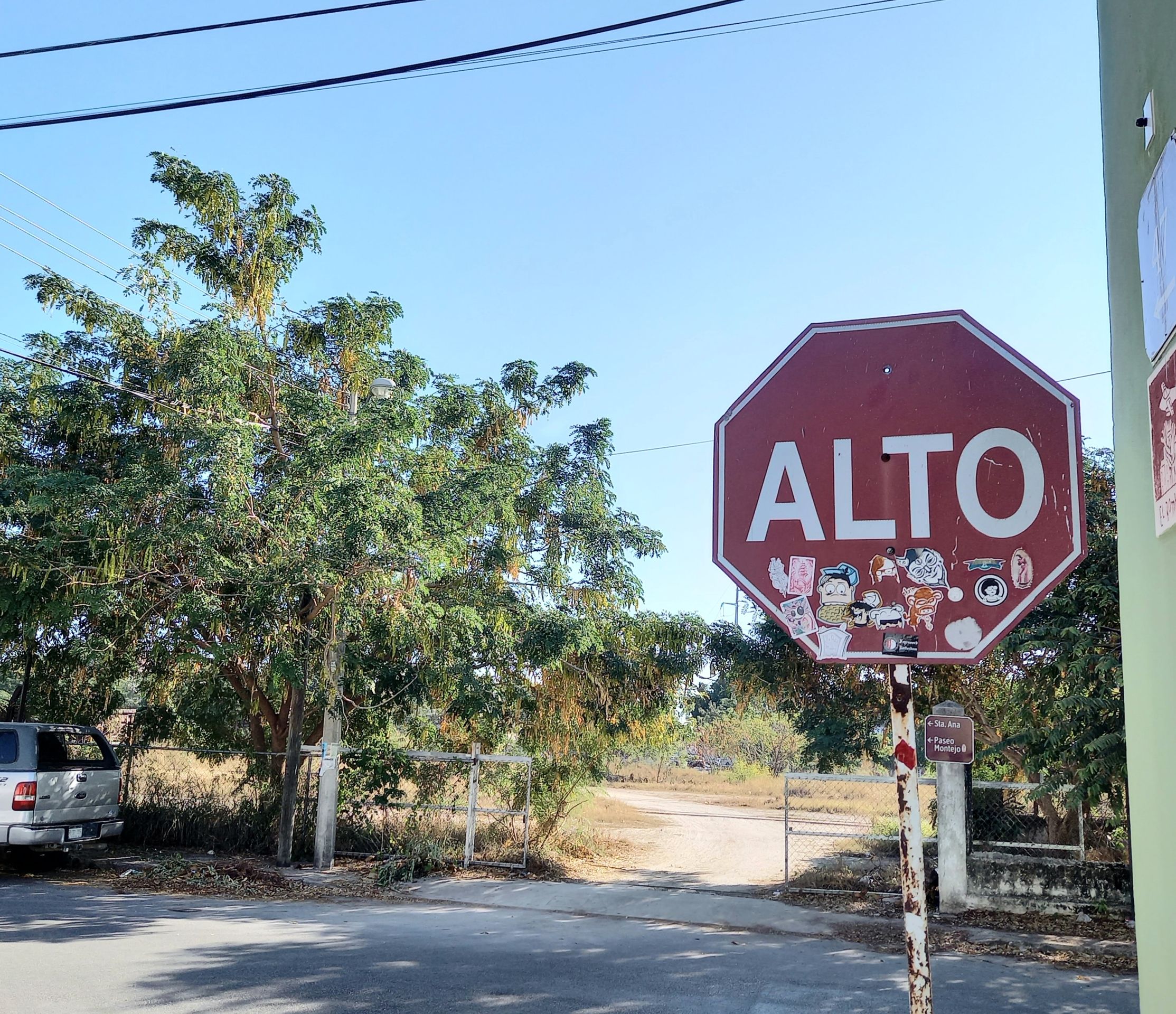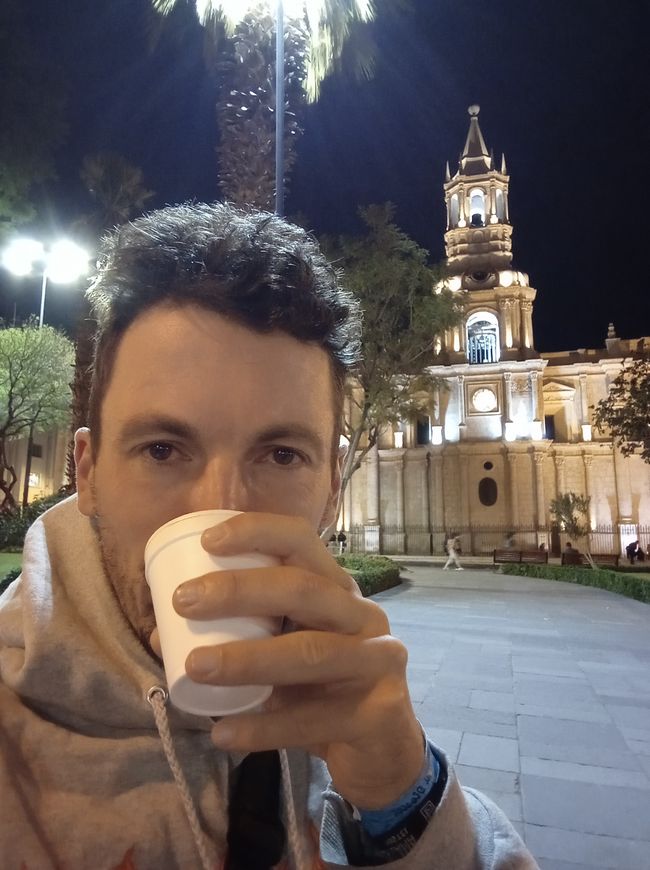Montevideo, City without Characteristics
Wɔatintim: 24.04.2022
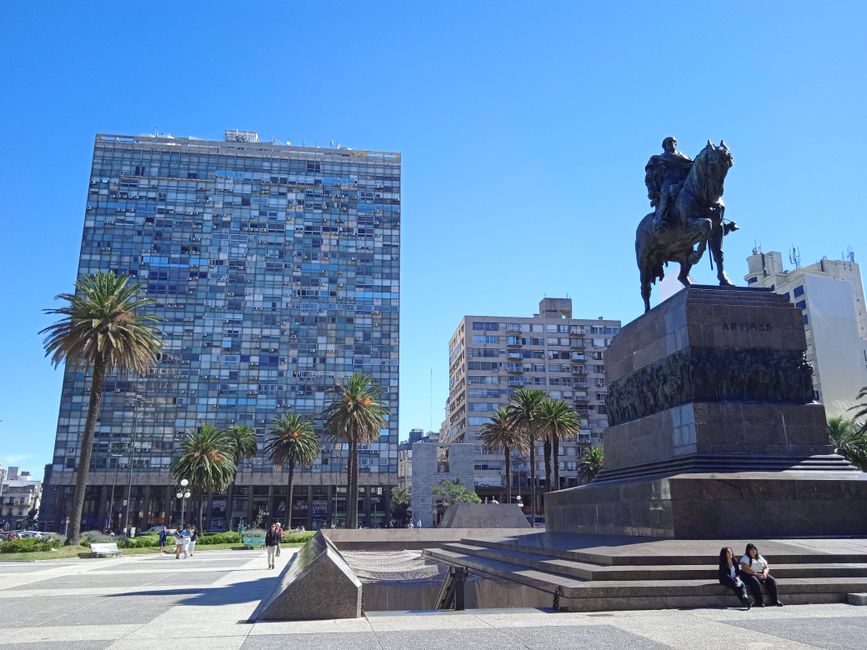
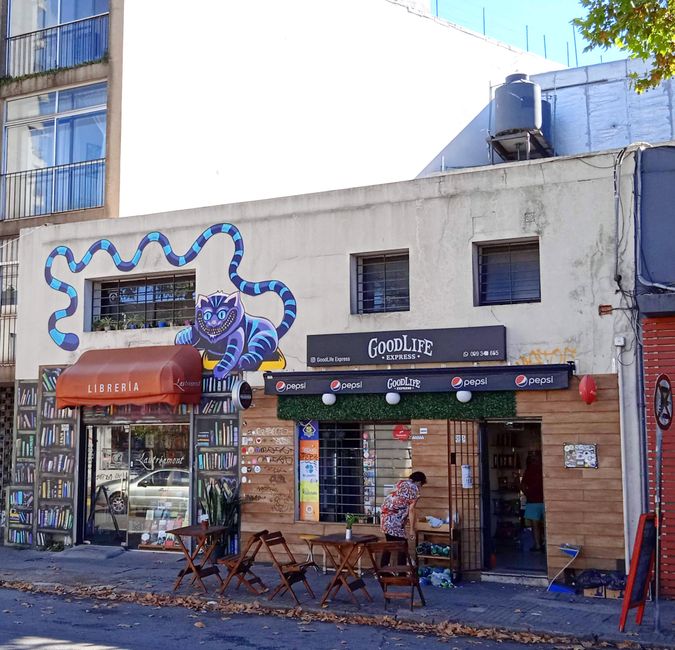
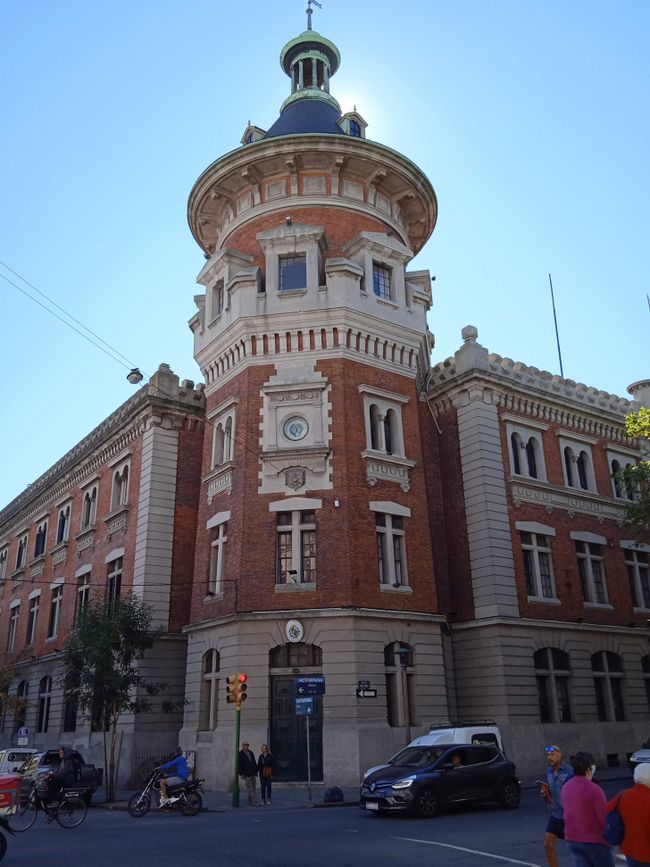
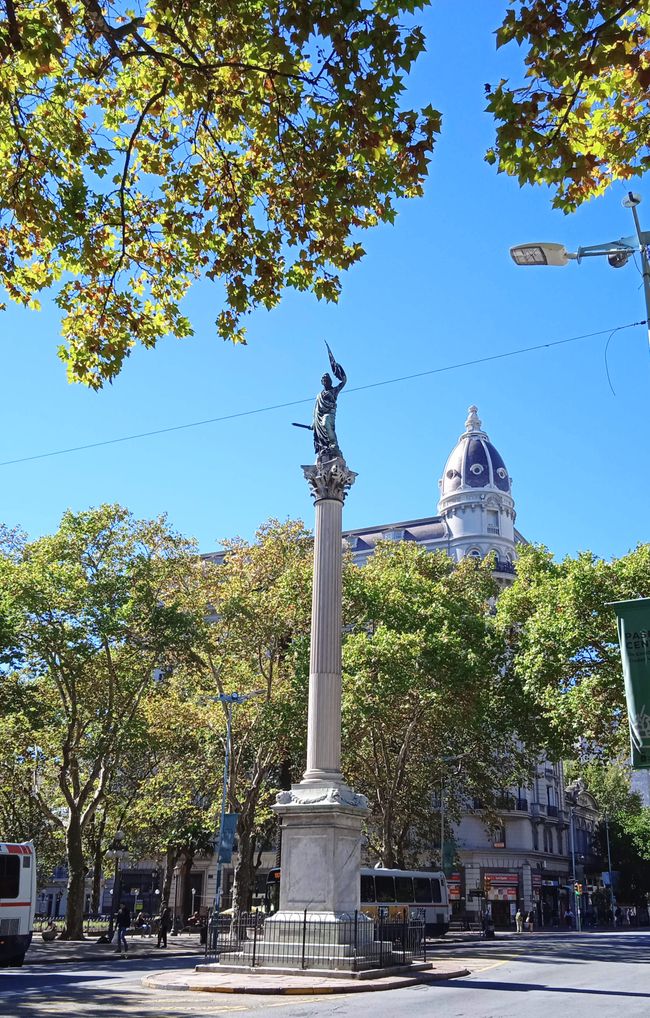
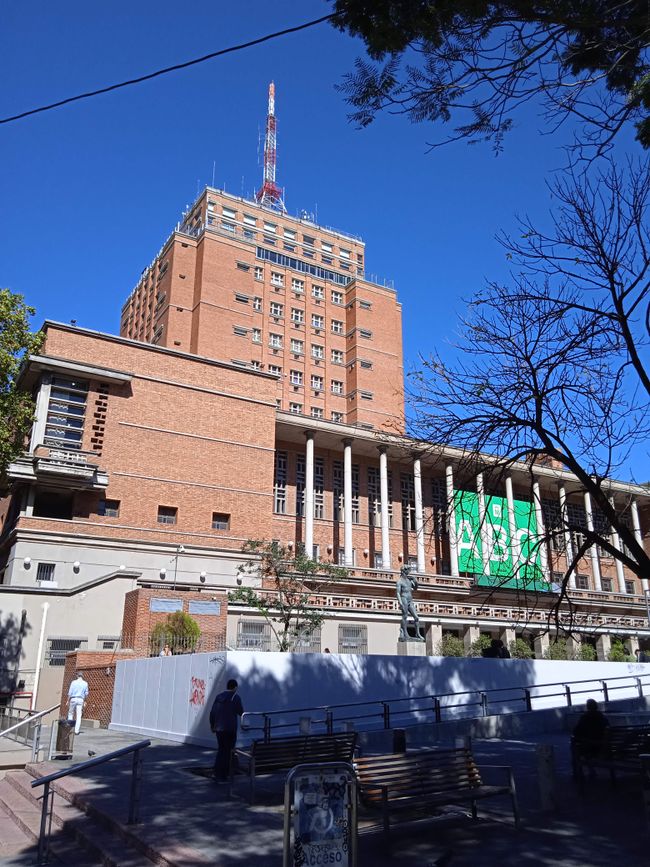
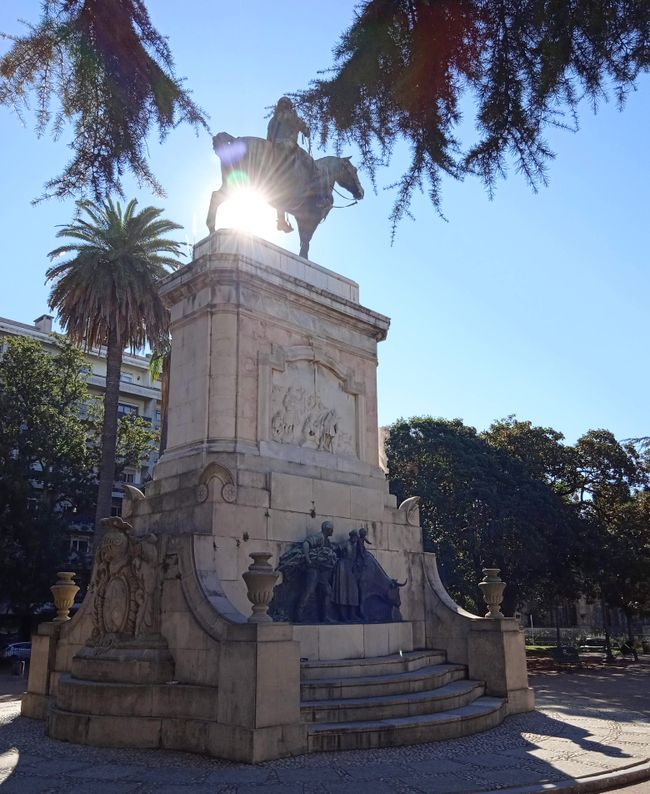
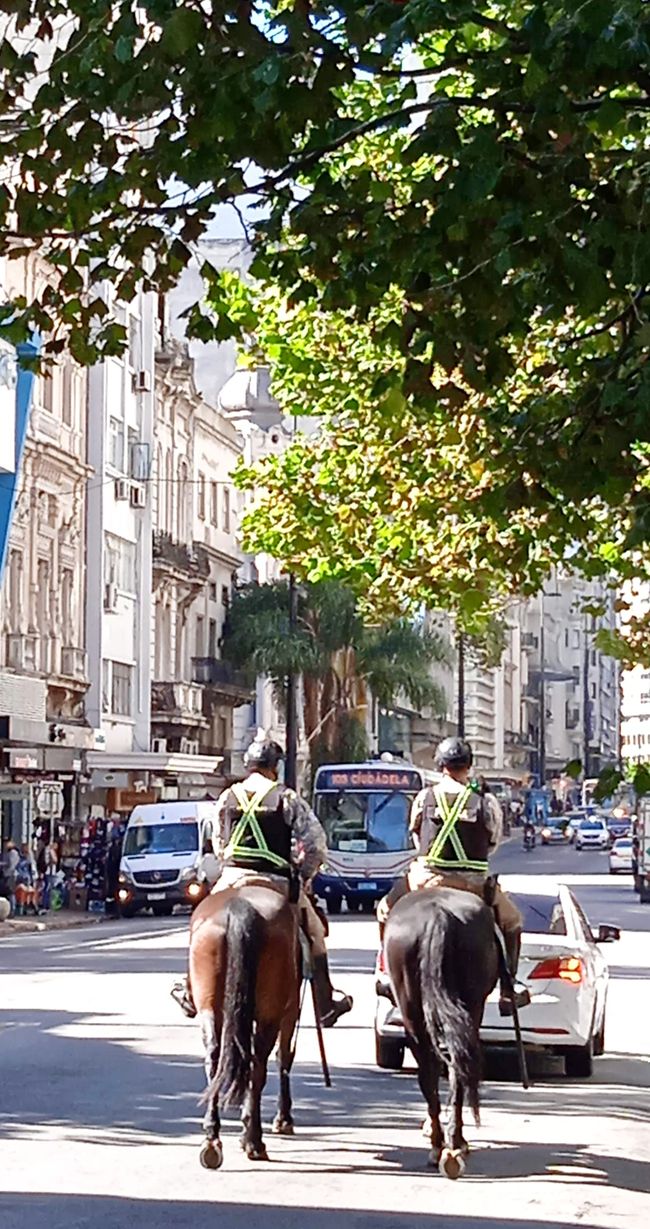
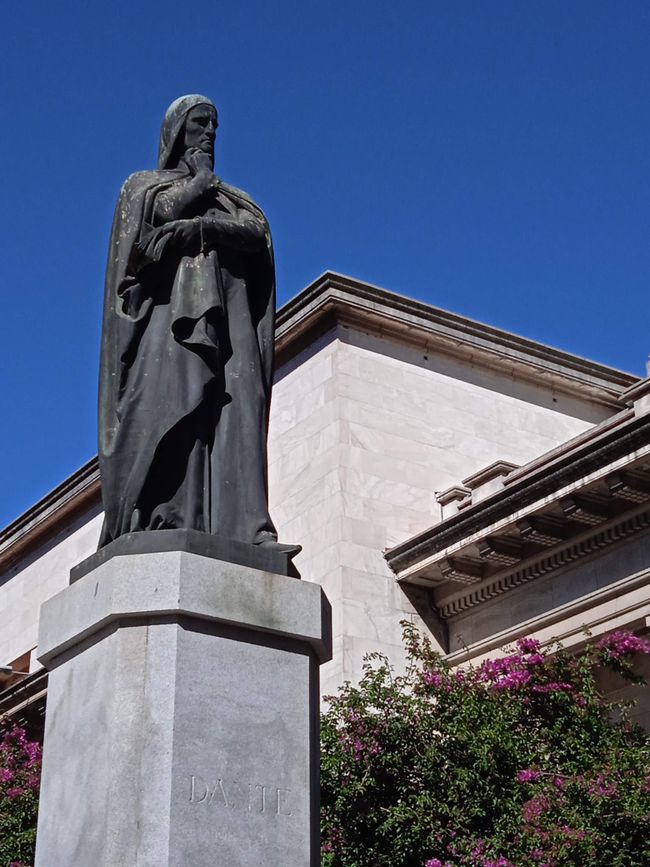
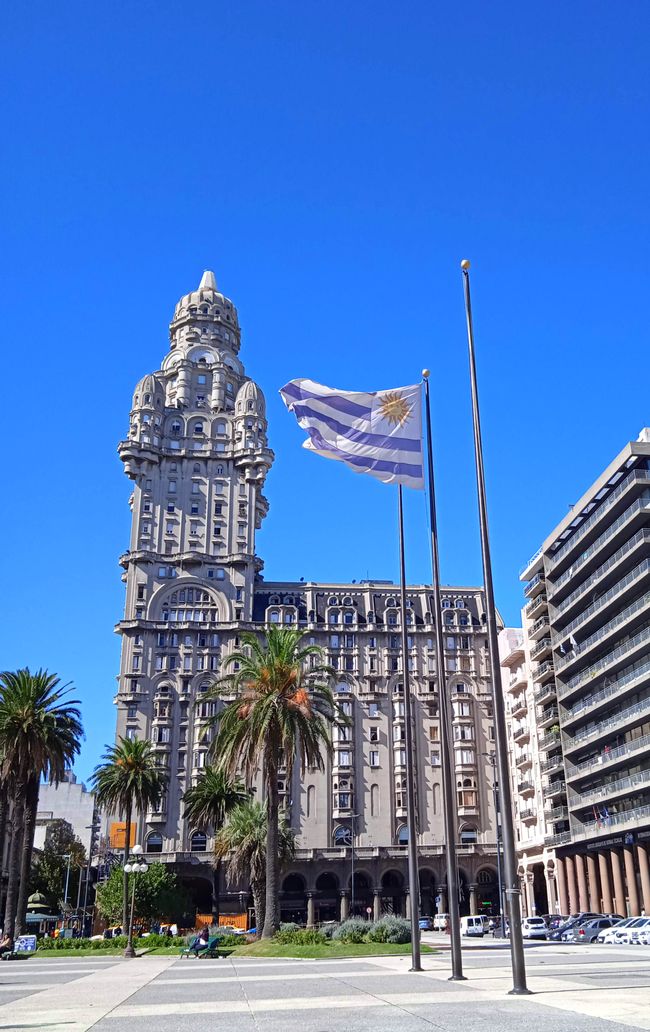
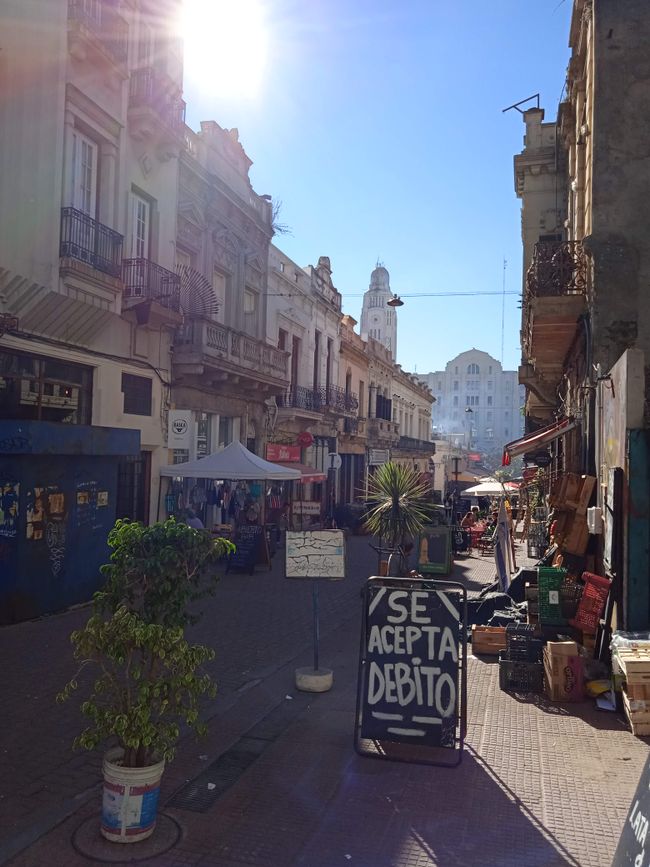
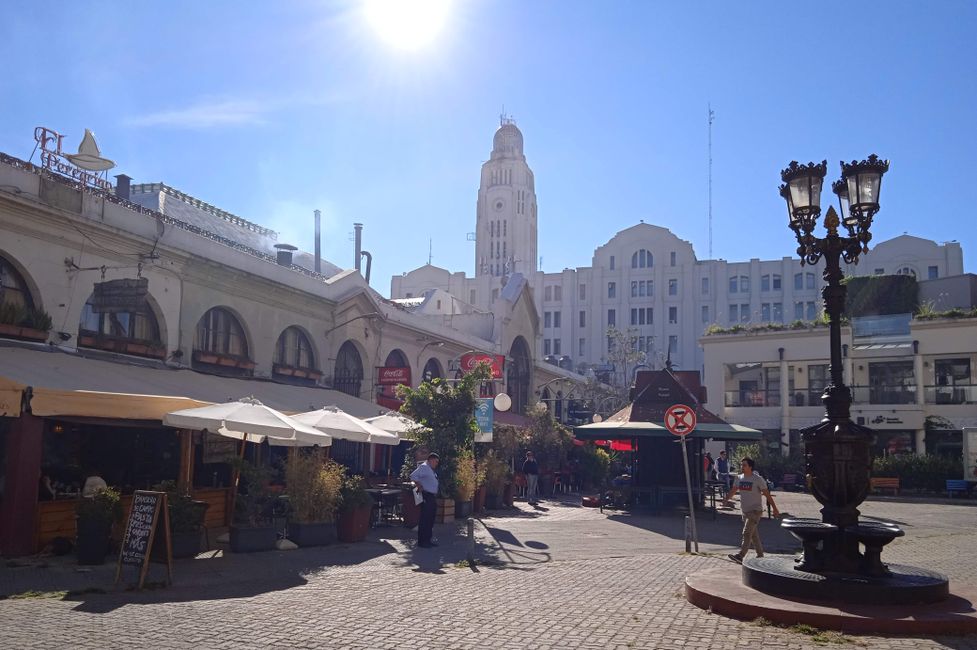
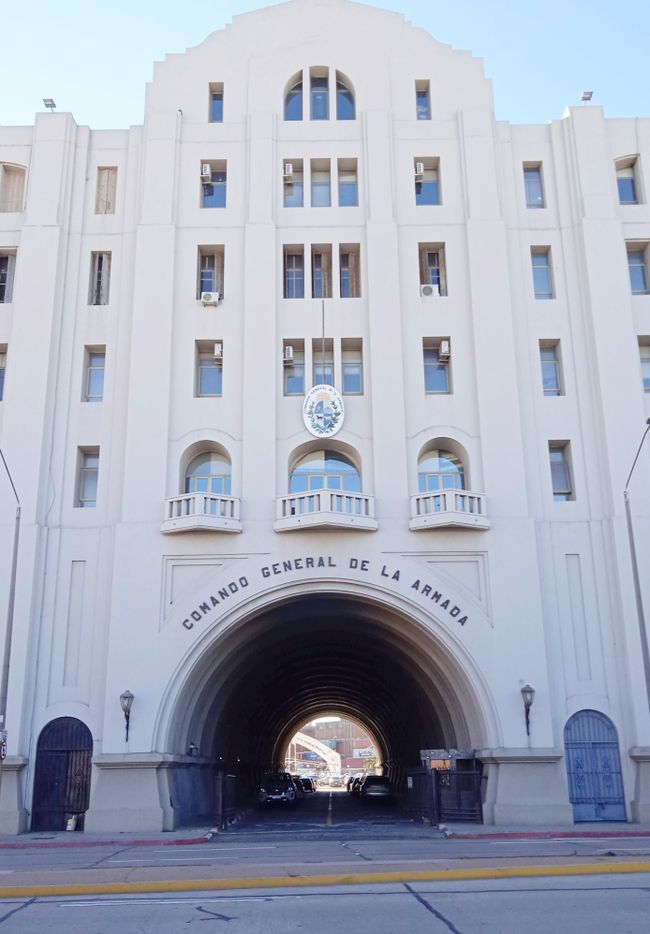
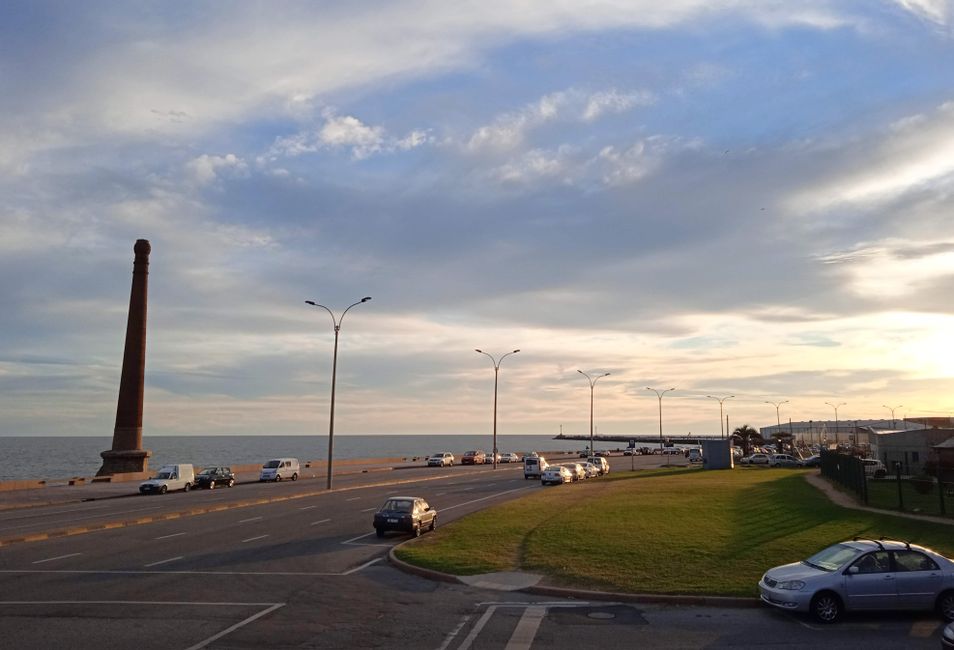
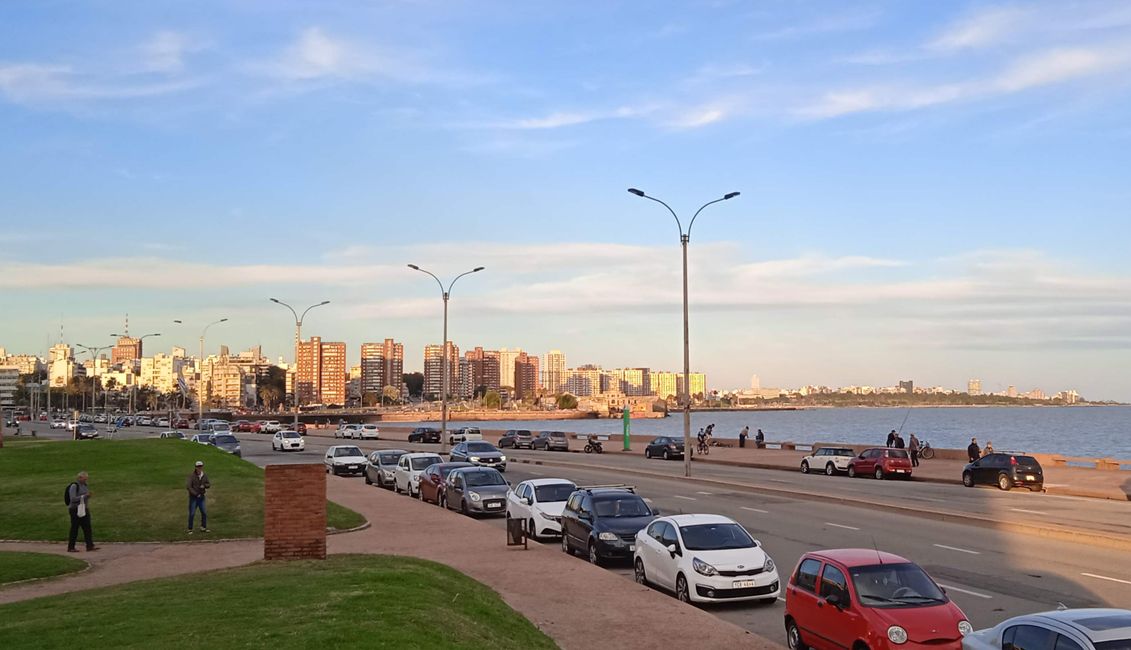
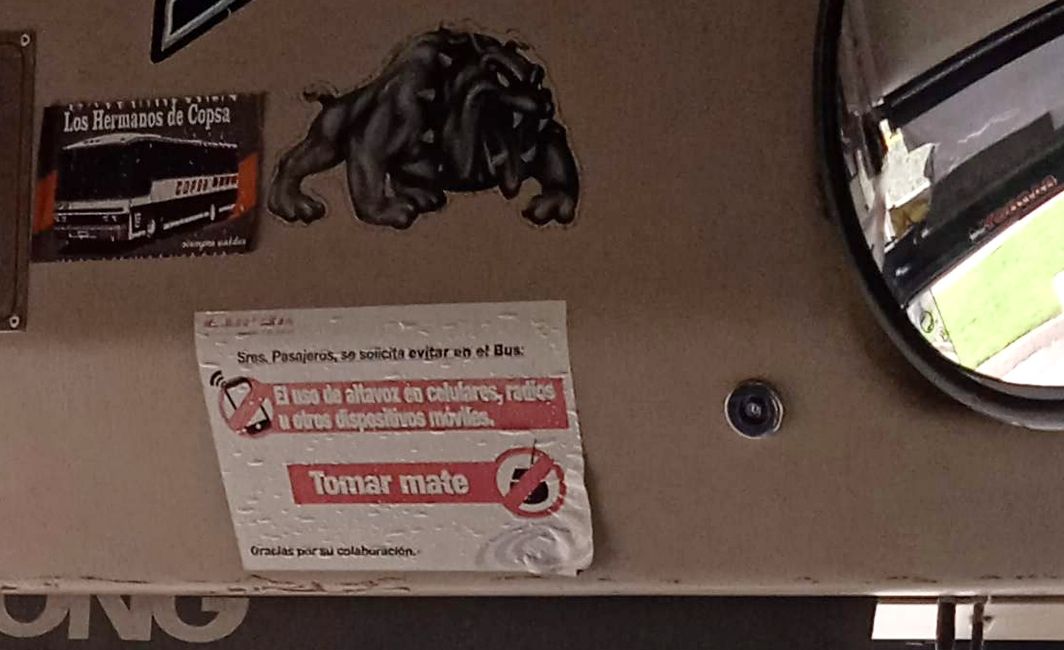
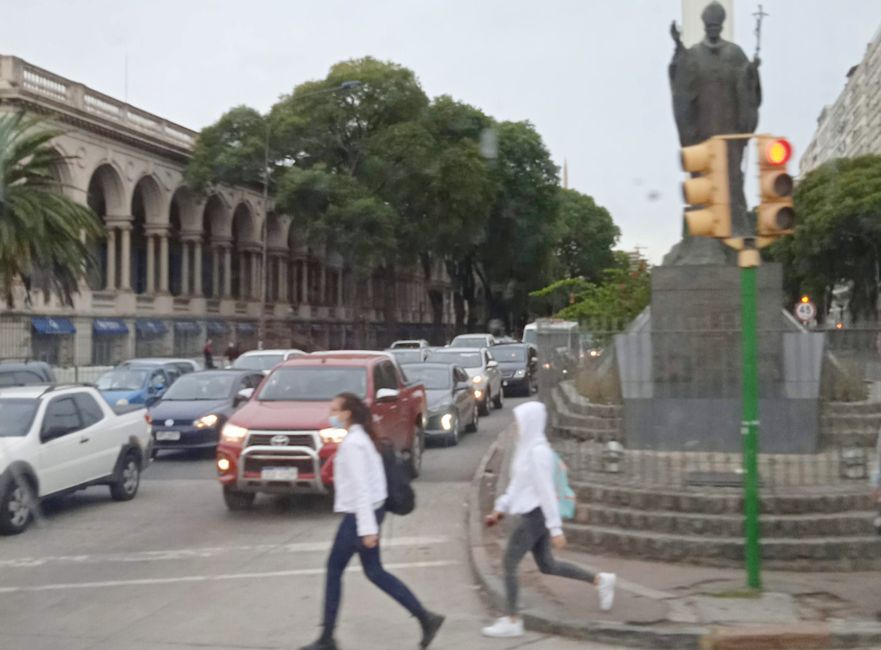
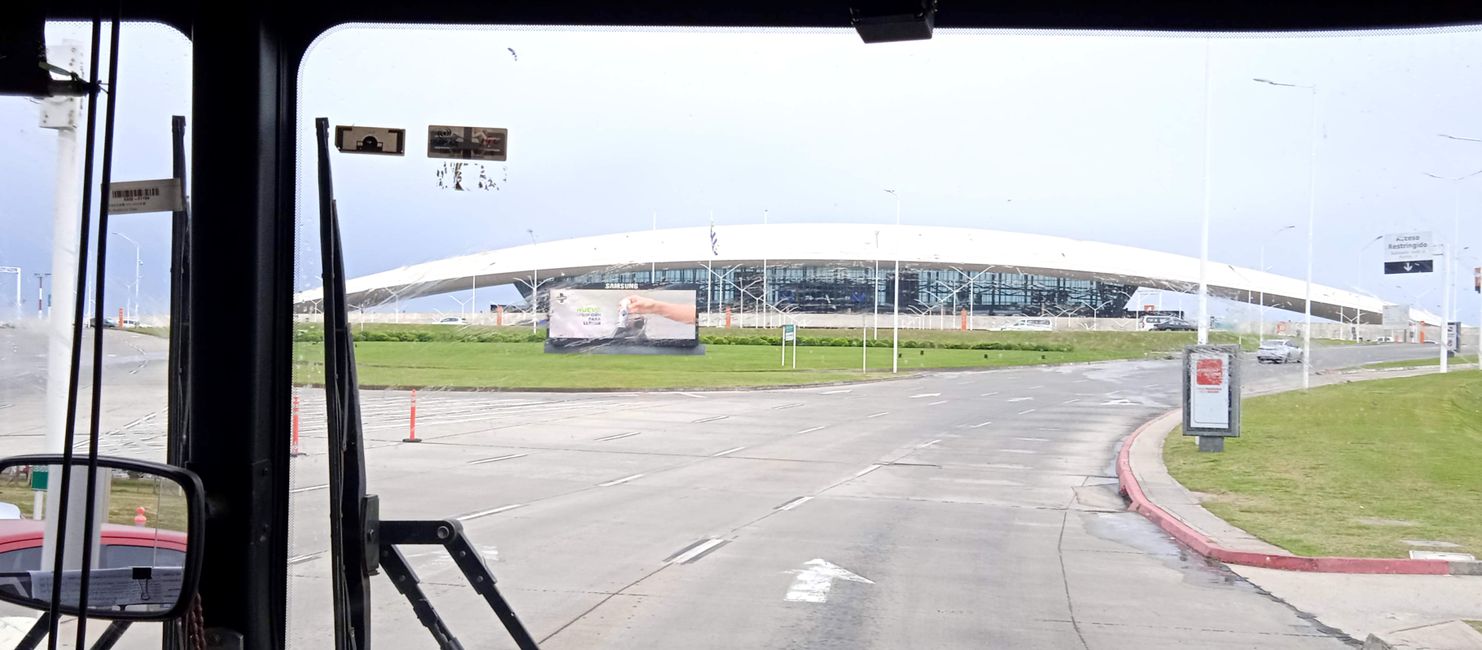
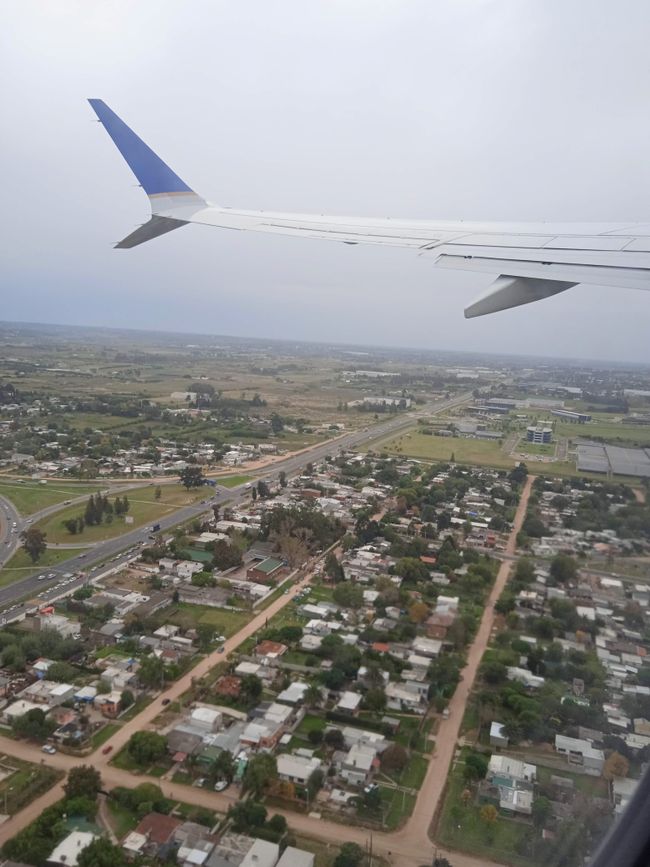
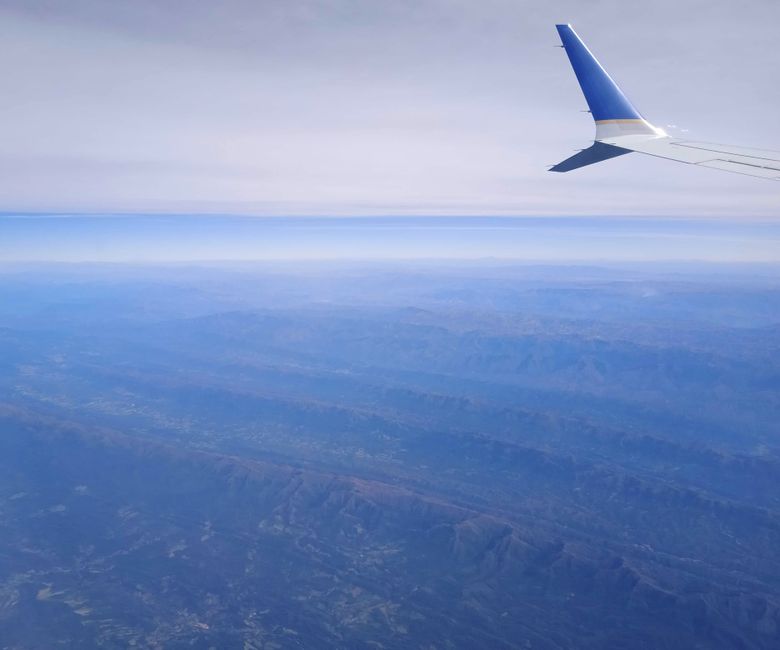

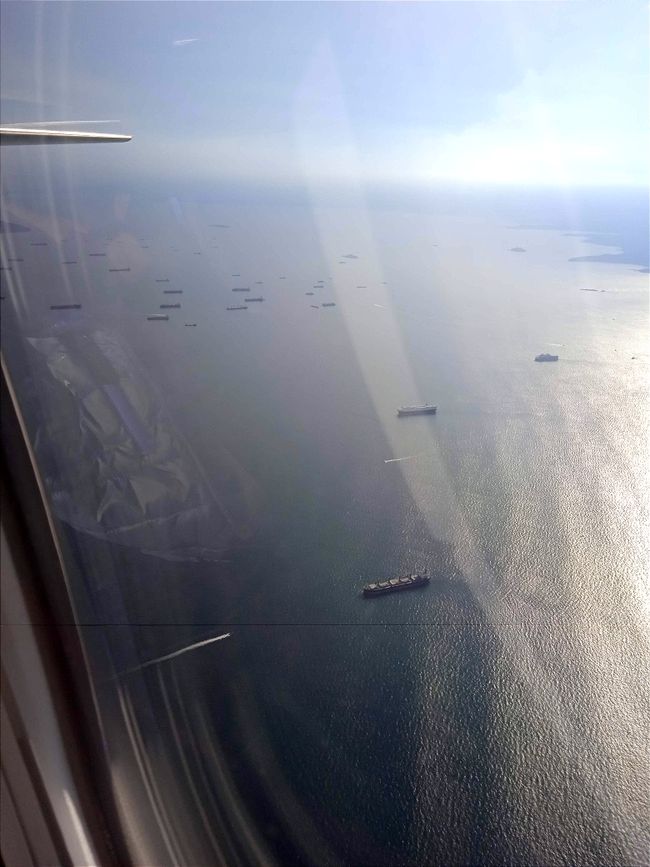


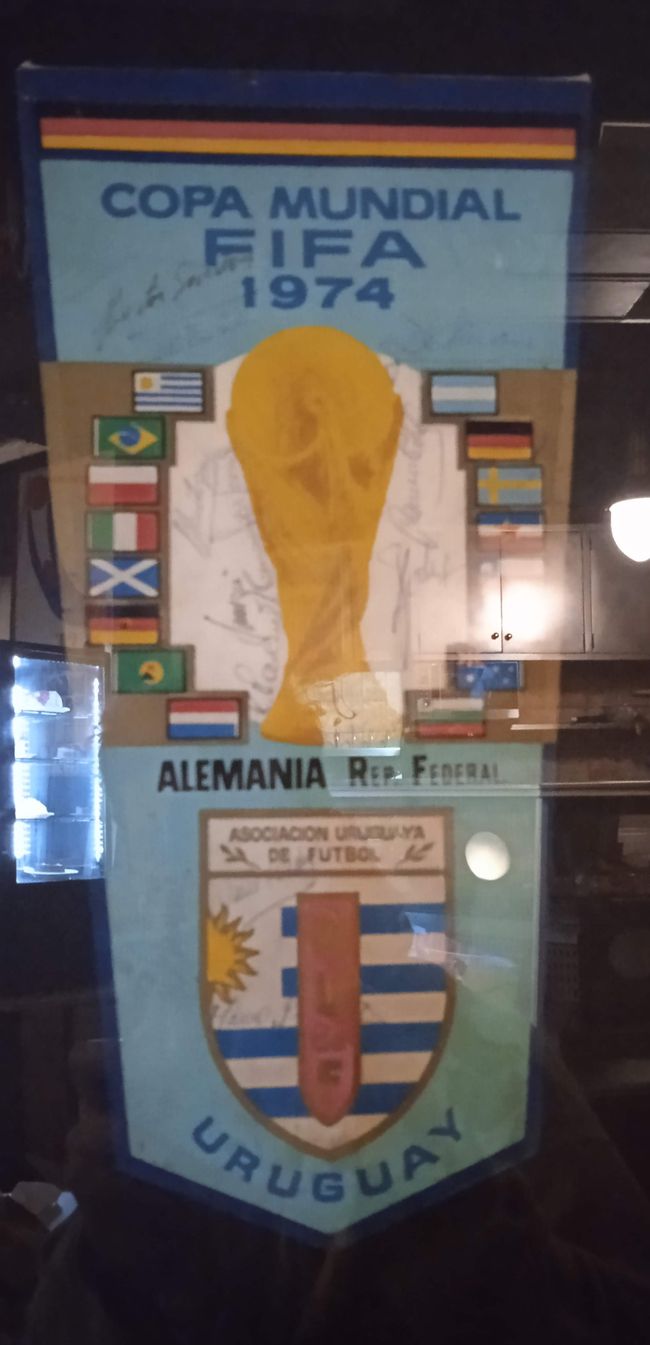
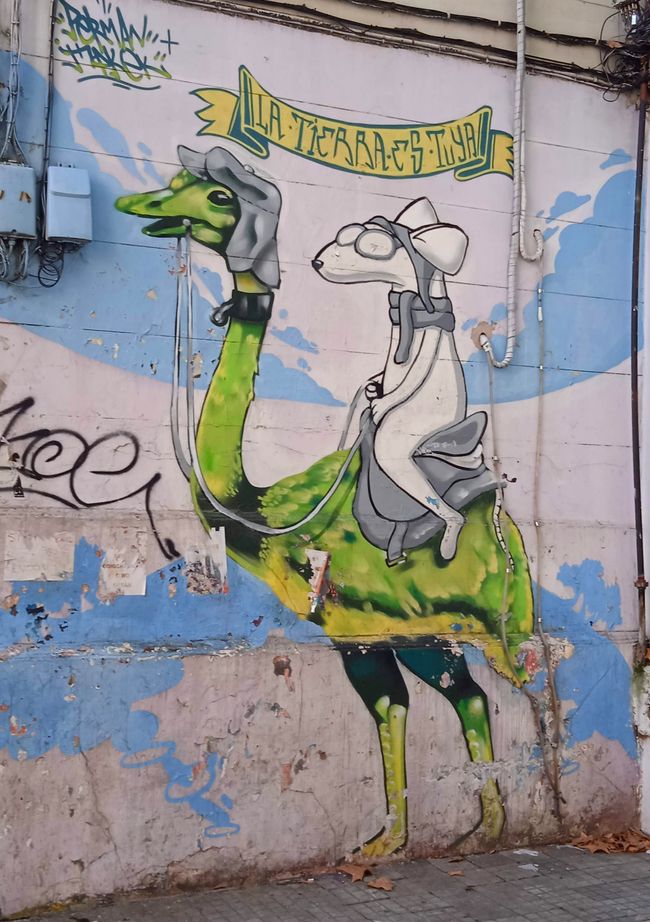
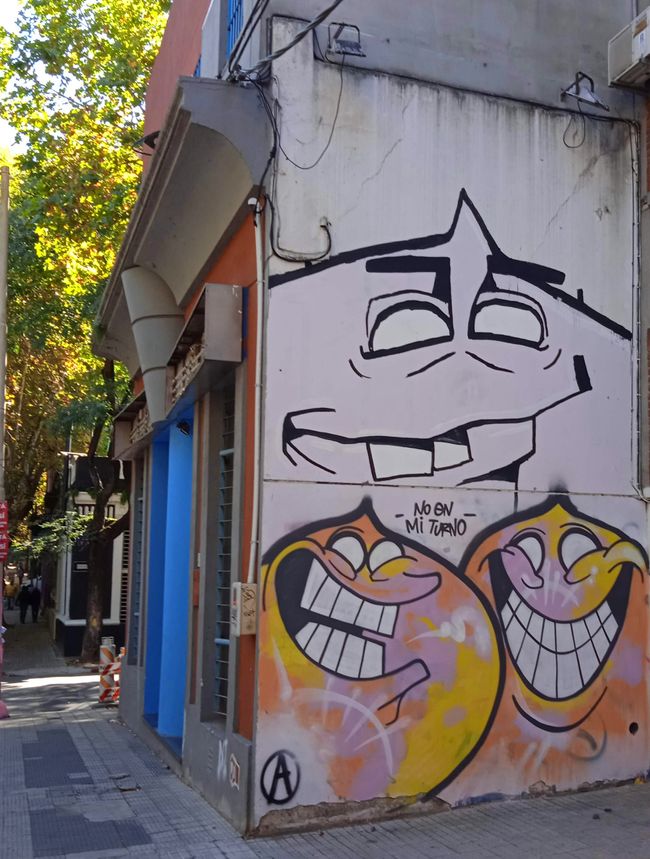
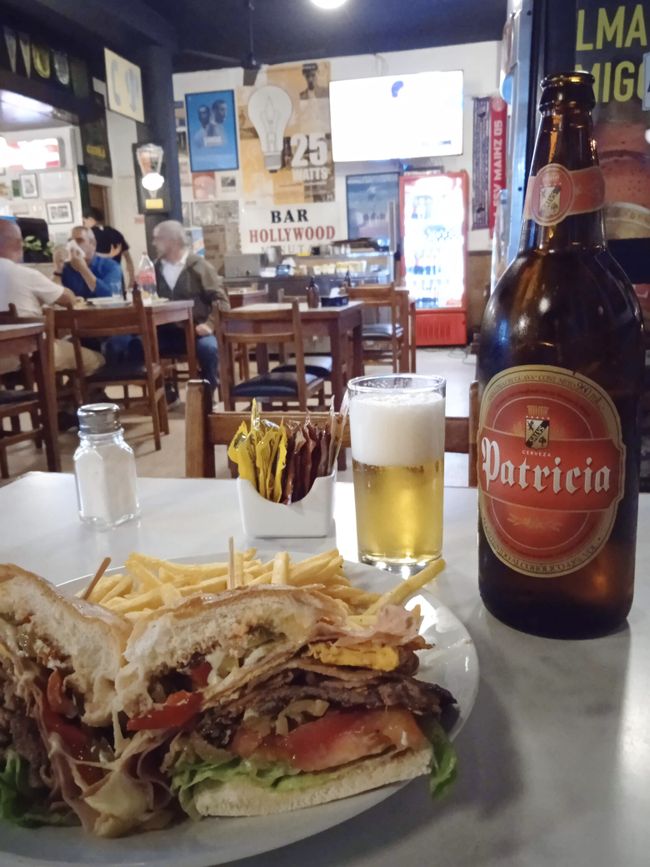
Kyerɛw wo din wɔ Newsletter no mu
City marketing was one of the most senseless side effects of modern mass tourism. The idea behind it was to give places and regions a positive image. The most famous example of the stupidity that often accompanied it was Saxony-Anhalt: 'Welcome to the land of early risers!'
In the case of Montevideo, however, the opposite was true. A campaign to revitalize the neglected image of the Uruguayan capital would be more than appropriate.
Certainly, my impression of Montevideo was very superficial, as I only had one day for a city tour. But even my travel guide, some online research, and my general interest in Latin America did not reveal anything that made Montevideo appear particularly special in my eyes.
With about 1.5 million inhabitants out of a total population of 3.5 million Uruguayans, Montevideo was the urban center of the country par excellence. There was a colonial old town, a large art museum, a port district, city beaches, representative government buildings, and that was Montevideo's story.
It lacked the aura, the narrative, the beautiful name alone was not enough. Even wealth and European standards did not catch on when it came to getting excited.
Cultural scientists and historians were challenged to bring out the special features of this city. There were, for example, a multitude of equestrian monuments, I counted five alone!! Men, high on horseback, with an exalted pose. At the same time, mounted police patrolled the streets. You don't have to be a genius to highlight the importance of horses for the culture of gauchos (South American cowboys). Why not a new monument for the horse, without a rider!!
In this context, reference should be made to the above-average wealth of the country, which, like in Argentina, was associated with cattle breeding around the turn of the last century. Cattle barons and European settlers ensured exceptional development in Latin America. This rapid success was made possible by two technical prerequisites: refrigeration for shipping and the invention of the beef cube.
In 1880, the British company 'Liebig's Extract of Meat Company' developed the process for industrial preservation of meat extract. The headquarters were in Uruguay and today, a little-known monument commemorated Uruguay's most important contribution to modernity. This story was also only mentioned as a side note in the travel guide.
Among all these neglected stories about Uruguay, the country gained popularity recently through the extensive legalization of marijuana. At least a unique feature that attracted visitors and gave Uruguay an image.
In addition to the country's successful football history, I had to think about the Uruguayan rugby team of 1972 just before my departure. Their plane crash in the Andes made headlines worldwide and was also successfully filmed. After 72 days, 16 of the 45 Uruguayans were still found alive.
On Friday morning, I made myself comfortable in the plane on my window seat, heading to Panama for my transfer to Bogotá, crossing the Andes.
Kyerɛw wo din wɔ Newsletter no mu
Anoyie
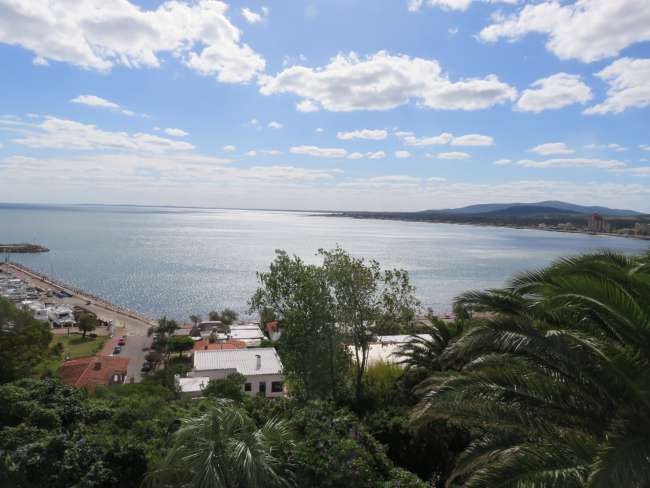
Akwantuo ho amanneɛbɔ Uruguay na ɛwɔ hɔ
